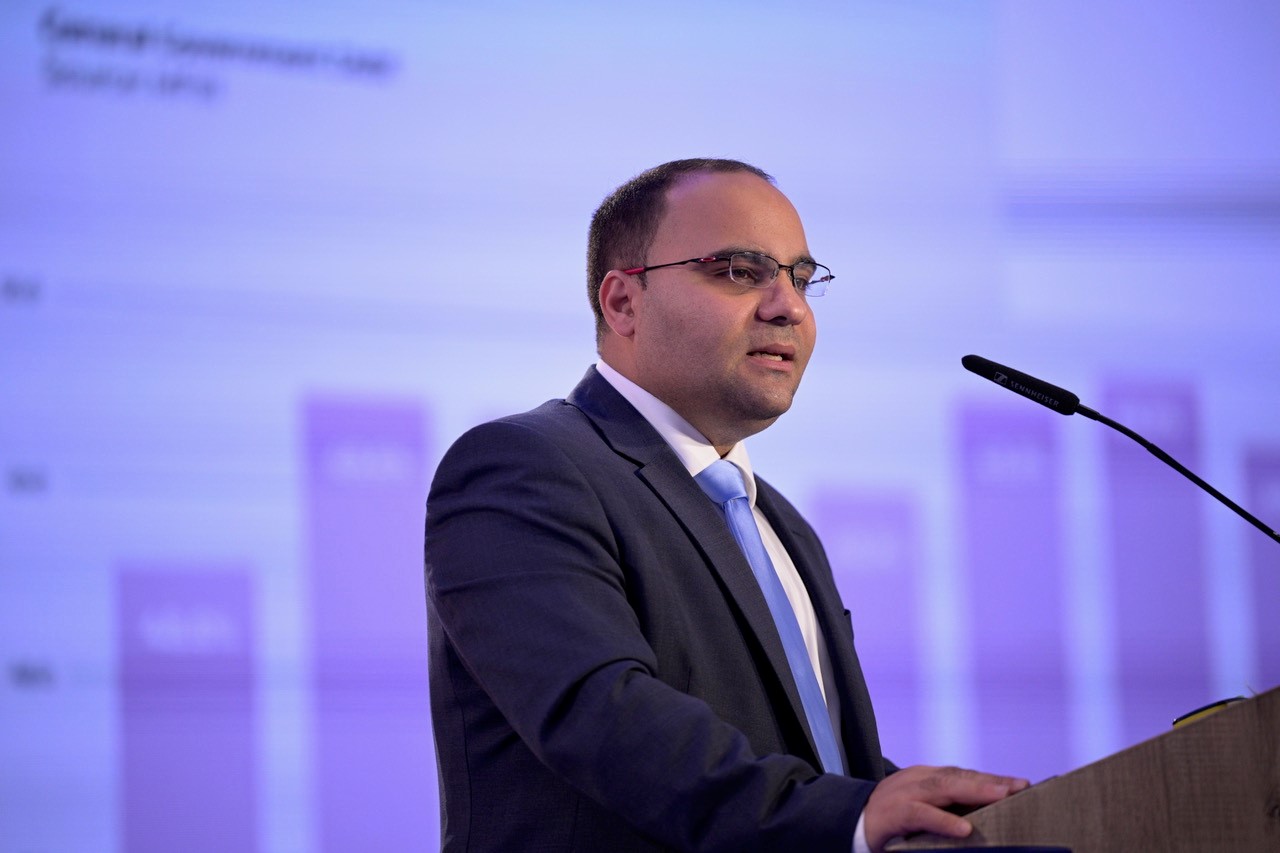In a scenario based on jobs which require minimal, if any, interaction with others and are therefore deemed relatively easy to perform via teleworking, 15.5 per cent of jobs in Malta are found to be teleworkable, the Central Bank of Malta has noted following a study on local teleworking.
The Central Bank found that in 2019, before the pandemic, the percentage working from home could have been 3.8 percentage points higher.
In pre-pandemic 2019, 11.7 per cent of the labour force did some or all of their work from home, coinciding with the rise in employment among females and substantial growth in employment in high-tech sectors.
However, the study estimates that as much as 15.5 per cent of the work in Malta could have been done remotely.
During the first phase of COVID-19 pandemic, the percentage shot up to 33 per cent in March and April 2020. This is still below the figure for the EU, where in July, 48 per cent of employees reported that they had worked from home at least some of the time.
The Bank’s research – published in its Quarterly Review – estimated how high the figure for Malta could go, taking into account various factors including the country’s sectoral composition.
In the second scenario, when one adds activities that are less practical to be conducted via telework, but which may still be possible to do away from the workplace, slightly more than 23 per cent of all jobs in Malta turn out to be potentially teleworkable.
In the third scenario, the Bank looked at jobs that are deemed less likely to be performed from home in normal circumstances – either because they require a significant element of human interaction or due to the use of machinery.
However, as shown during COVID-19, they may be teleworkable under abnormal circumstances. This resulted in a figure of 33.8 per cent, if education were included, and 24.8 per cent if it were not.
Although education was performed from home during the pandemic, in normal times, it can arguably be considered as less effective and productive than teaching in person.
The 33.8 per cent figure estimated under the third scenario is broadly in line with the share of workers who were working from home during the early weeks of the COVID-19 pandemic in Malta.
Two years since its birth, Moneybase features on Microsoft’s Customer Stories
Moneybase has now just been featured on Microsoft’s latest Customer Stories
Finance Minister confirms continuity of food and energy subsidies
Spending on food and energy subsidies as a percentage of the GDP will be at 0.7% in 2025
MHRA congratulates Glenn Micallef on EU role, highlights positive impact on Malta’s tourism and cultural sectors
The lobby group emphasised that Malta’s cultural assets and sports scene are key factors in attracting visitors and fostering economic ...






